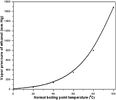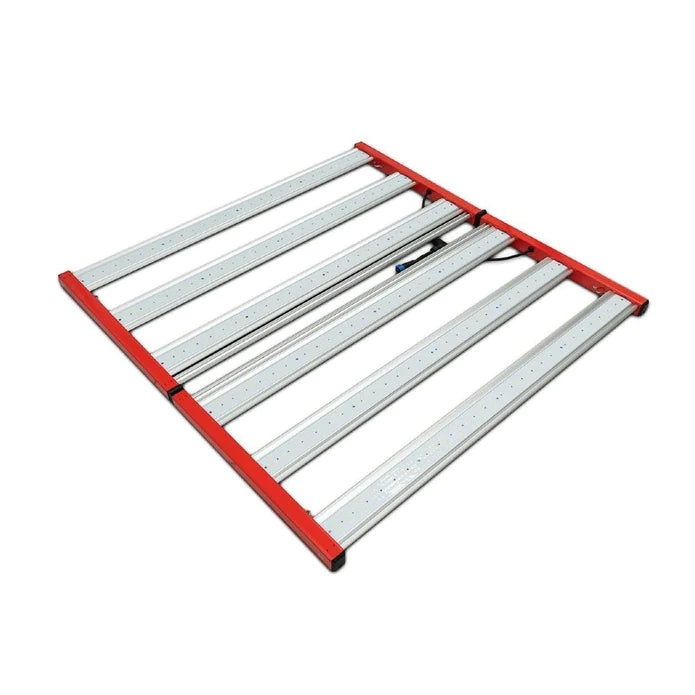
How To Calculate The Vapor Pressure Of Ethanol
, by Mike Pabich, 4 min reading time

, by Mike Pabich, 4 min reading time
Before using the vapor pressure formula, we’re going to break down what it’s referring to so you understand what you’re calculating and why. For your purposes, vapor pressure is the level of pressure that a liquid is at when it’s equal to that of its surroundings. In a closed container or system, this means that the amount of molecules transitioning from a liquid state into a gaseous state is the same number as those going reverting back into a liquid after being a gas. In an open system, the vapor pressure would be reached when the liquid’s boiling point is equal to the overall atmospheric pressure.
|
Table Of Contents |
Before using the vapor pressure formula, we’re going to break down what it’s referring to so you understand what you’re calculating and why. For your purposes, vapor pressure is the level of pressure that a liquid is at when it’s equal to that of its surroundings.
In a closed container or system, this means that the amount of molecules transitioning from a liquid state into a gaseous state is the same number as those going reverting back into a liquid after being a gas. In an open system, the vapor pressure would be reached when the liquid’s boiling point is equal to the overall atmospheric pressure.
It's helpful to understand the two main factors that affect vapor pressure before trying out equation below. The two factors that affect it are: temperature and chemical composition.
Temperature and vapor pressure share a positive relationship—vapor pressure increases as the temperature does. That’s because this form of thermal energy gives the solvent molecules kinetic energy to move throughout the system.
Ethanol (C₂H₆O) contains nonpolar covalent bonds, which are very strong because the elements equally share electrons between them. This requires a large amount of energy to break since the atoms are held so closely and forcefully together.
Although it may seem like it, the amount of solvent you have and its surface area don’t affect the vapor pressure. However, the surface area does affect how quickly your solvent evaporates.
Learn the vapor pressure value of ethanol and other liquids at room temperature: 20°C-25°C or 68°F-77°F.
During rotary evaporation, the goal is to lower the boiling point of the solvent so it’s easy to recover. If not, you may contaminate the pump for a lower percentage of solvent recovery. That’s why you’ll have to know how to calculate the vapor pressure of a pure liquid by using the Clausius-Clapeyron vapor pressure formula.
The Clausius-Clapeyron vapor pressure equation can only be used for pure liquids: those which cannot be further separated. This means no inputting of liquid mixtures such as gasoline.
Keep in mind that all pure liquids have a set boiling temperature concerning pressure. An increase in pressure will result in a higher boiling point, whereas decreasing the pressure or evacuating air from the atmosphere will lower it.
While using the Clausius-Clapeyron formula, be sure to always convert your units. The starting and final units of pressure should be the same.
Before beginning your calculation, you should know that the enthalpy of vaporization or heat of vaporization is the energy needed to turn the liquid into a gas. You’ll also need to determine a random temperature that the evaporating flask will experience during rotary evaporation. For this example, we’re using 50°C, but you can use any temperature your equipment will reach.


We now know that if we can effectively control the evaporating flask’s internal temperature at 50°C, we’ll need to reach a vacuum of 238.4 torr to begin evaporating ethanol.
Use the formula above as a tool to compute the optimal temperature and pressure to operate your rotary evaporator. Otherwise, check out our J-KEM DVR-200 Digital Vacuum Regulator or Digivac Vapor Pressure Controller. Find these tools and other precise extraction equipment at BVV.


